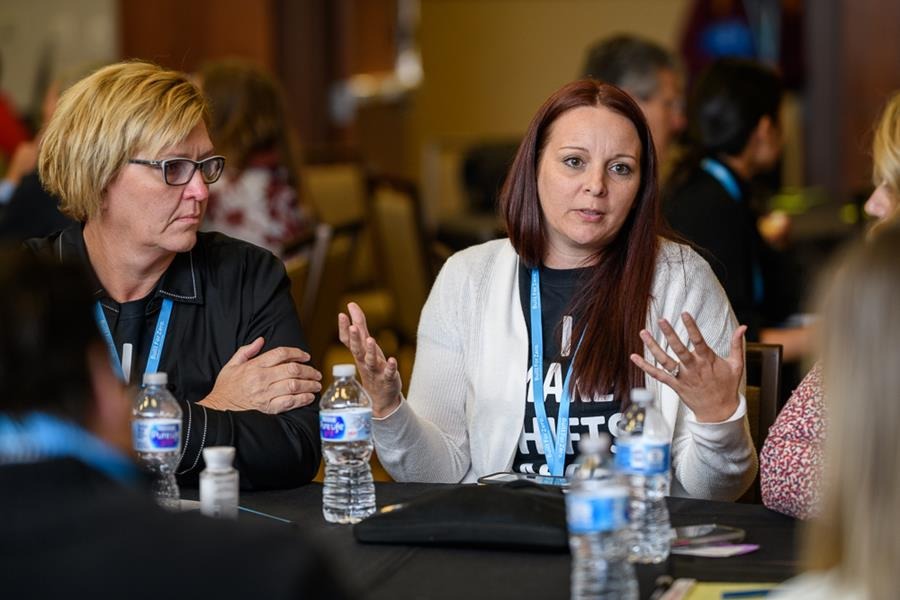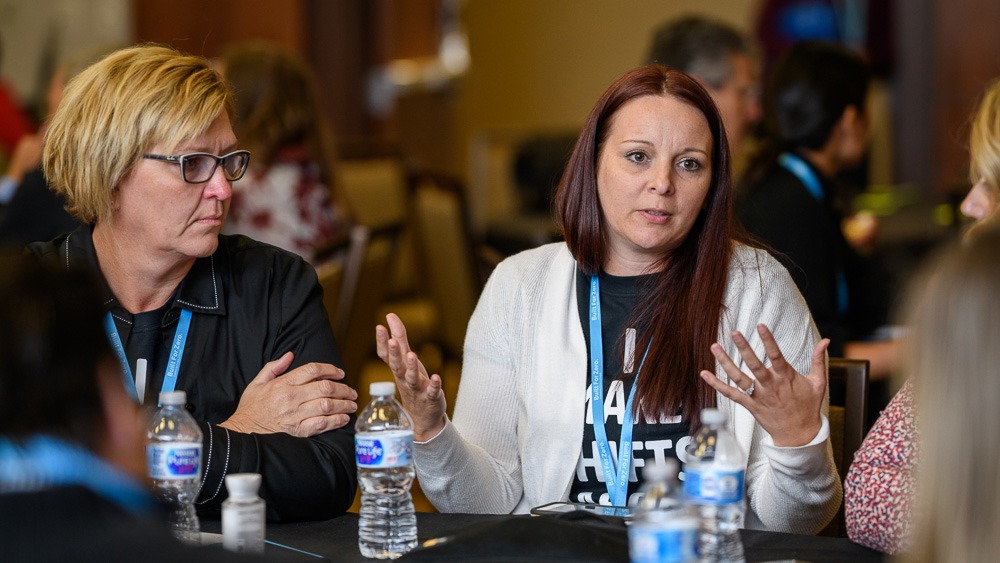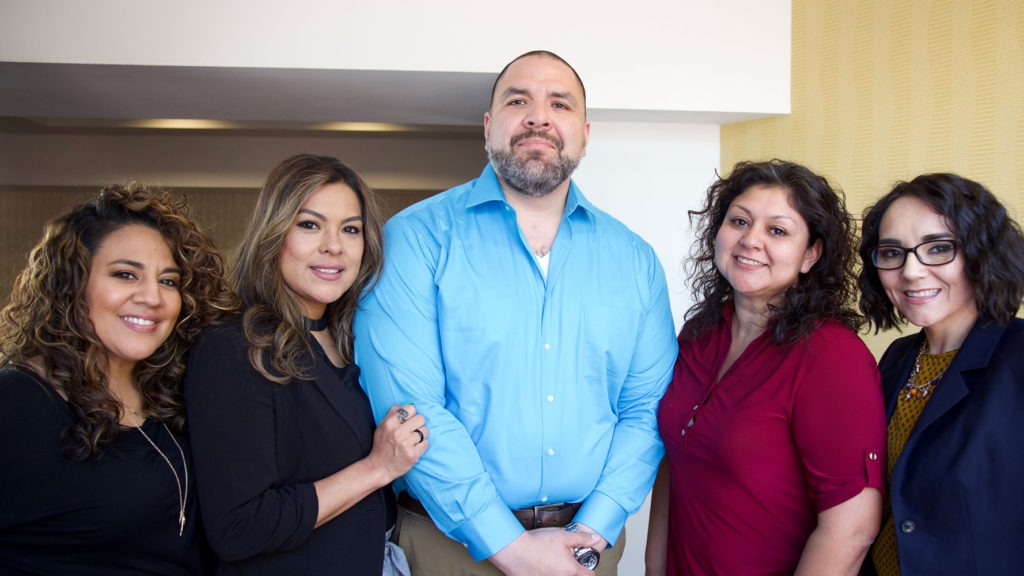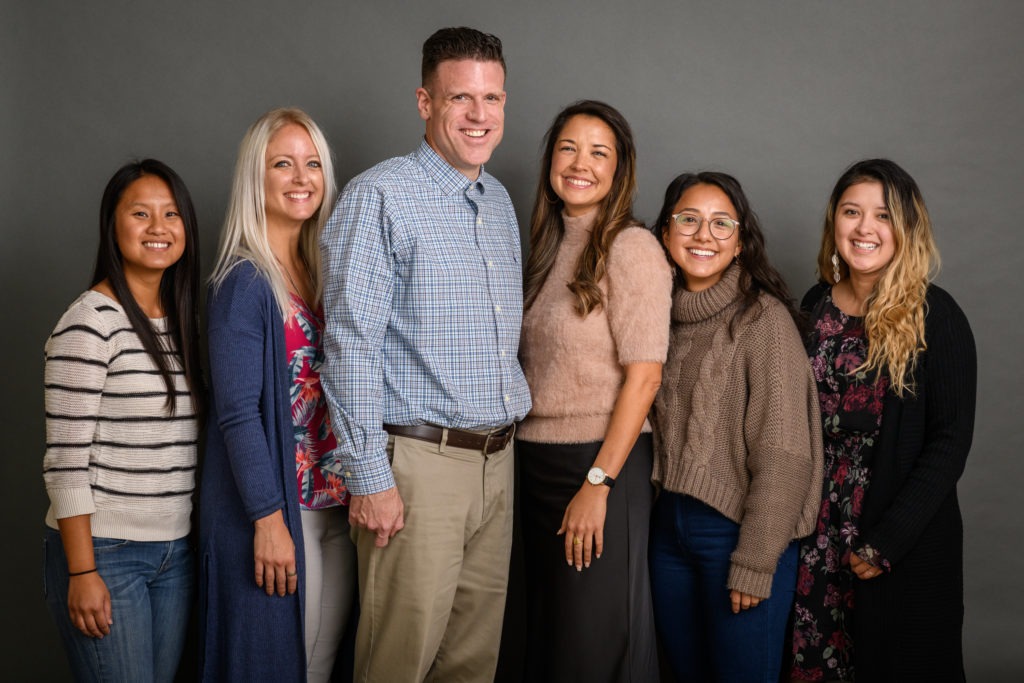Community Bright Spot: Bakersfield/Kern County, CA
January 13, 2020Looking for barriers in the system, not the client

Bakersfield is seeing a big acceleration in chronic housing placements; one factor is a change in how they discuss barriers.
At case conferencing meetings in Bakersfield/Kern County, California, they now specify that they are searching for barriers inside the housing process, “not just the broad, big barrier for this client,” improvement team lead Heather Kimmel explained. The facilitator’s questions make clear that our problem to solve is inside the system, not the client.
For example, when a client falls out of communication, the barrier they record in the by-name list notes is no longer something like “No communication.” Instead, they press to identify the root cause of that lapsed communication. Heather said, “They fell out of communication for a reason. Maybe we need to reestablish trust with that client, and that’s the next step… We’re not putting the blame on the client for being a client.”
The result of identifying clearer process barriers is that the team is picking more effective next steps—next steps that reach the core sticking points in their housing process. At last week’s meeting, case managers identified clear next steps for over 90% of the clients on the chronic by-name list. They’re now within six housing placements of chronic functional zero.
Community Bright Spots
Read about the excellent progress other BFZ Collaborative communities are making!




